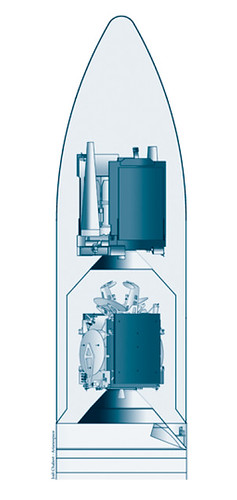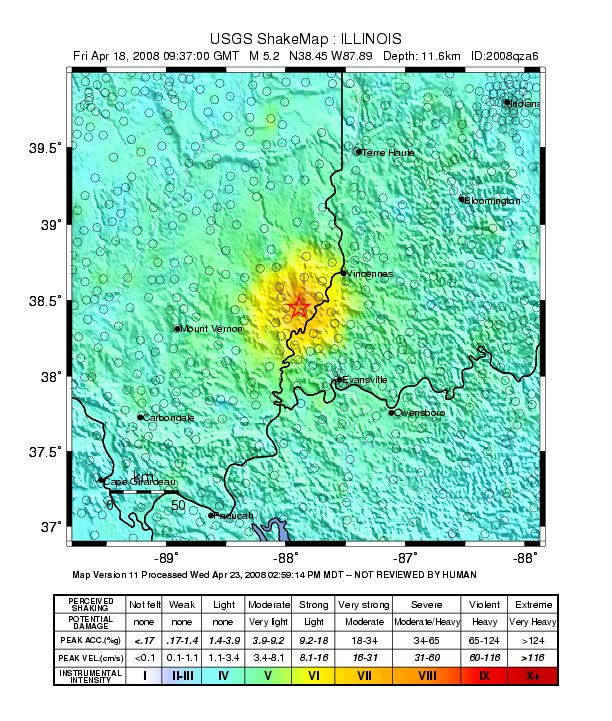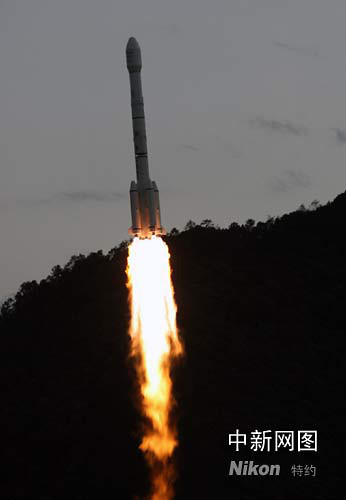Satellite B.I.G.
Wednesday, June 18th, 2008
Biggy, Biggy, Biggy, can’t you see? CommunicAsia 2008 is all over me.
The big news in Singapore this week is all about telecom at the Singapore Expo. The region’s satcom players are making the news — even appearing on CNBC.
Globecast’s new playout centre is amibitious:
GlobeCast Media Management, a solution for playout and origination, will be the key product offered to broadcasters of all sizes from this new centre – providing channels with use of market leading technology without the expensive investment. The centre will allow new channels to reach viewers using a fast and reliable solution and help international channels entering the market to create regionalised feeds and enhance their appeal to Asian audiences.
The launch of GlobeCast’s Media Management in the region means that broadcasters in Asia will be able to focus on their content and programming and outsource both their channel management and delivery needs to GlobeCast. Coupled with connectivity to GlobeCast’s worldwide satellite and fibre distribution network and linked to twelve teleports and technical operations centres around the globe, the company also offers this one stop solution from its facilities in London and Florida. The two existing facilities already serve major clients such as Arsenal TV and ION Networks.
And SingTel’s maritime service on SES NEW SKIES, using a whopping 5 MHz of space on each of satellites, via Red Orbit:
Mr. Titus Yong, SingTel’s Vice President of Satellite, said: "SingTel, one of Asia’s leading satellite service providers, has been providing VSAT services with regional coverage for over two years. We are pleased to work with a top-tier global satellite service provider such as SES NEW SKIES to extend our reach to provide seamless and secure worldwide coverage over all major shipping routes."
The SES NEW SKIES satellites will also support demand for SingTel’s OfficeAtSea@SingTel suite of Maritime VSAT solutions, which enable vessels to communicate seamlessly and cost-effectively with their headquarters on land. Solutions include ‘always-on’ unlimited broadband internet access, email, low-cost Voice over IP (VoIP) calls, GSM onboard and ship surveillance. These overcome the limitations of traditional maritime communications by allowing the ship to become a seamless extension of the shore-based office.
My favorite piece of news concerns a new direct-to-home satellite TV service in India, Big TV. We first read about it last week in Hindustan Times, where the launch date was leaked:
With the direct-to home race hotting up, Anil Ambani’s Big TV has decided to launch in haste. The company is planning a June 24 launch, said industry sources, with teaser campaigns hitting televisions four days before the launch. Abhisekh Bachchan may be used as a brand ambassador sources added.
Big TV’s entry, this month may intensify the action in the DTH space that is seeing a fierce price-war. Big TV already serves 50,000 customers who are part of its pilot launch and are its employees and customers of associate companies. According to the 2008 Ficci-PwC report on Indian entertainment and media industry, DTH households are expected to grow from 4 million in 2007 to 25 million by 2012.
When contacted, a Big TV spokesperson said, "Reliance Communications is in advanced stages of launching Big TV DTH services. Big TV DTH service aims to be the most preferred option for home entertainment solutions across customer segments. Like in case of all offerings from Reliance ADA Group, customers using Big TV DTH services would be able to avail of better service quality, enhanced features and wider offerings at prevailing price points".
And Indian Television is telling us they signed up for a transponder on AsiaSat 3S:
Reliance Big Broadcasting COO Ashutosh says, "One of our key objectives is to bring to our audience a unique, world class and unprecedented TV viewing experience. Placing our satellite television services on AsiaSat 3S, Asia’s premium platform for satellite television enables us to establish in the shortest time possible a seamless broadcast network accessing all our targeted cable homes.
"By using Asiasat 3S, the most popular satellite platform for the Indian media market, we gain immediate access to all cable head ends across India. We are proud to have AsiaSat as our partner as it has a powerful satellite fleet offering the most comprehensive coverage and largest audience access that fully support our aggressive broadcast plan in India".
Big TV reportedly bought 5 million set-top boxes recently, so they’ve got big plans. More DTH competition for Tata Sky and Dish TV. This should be interesting.














